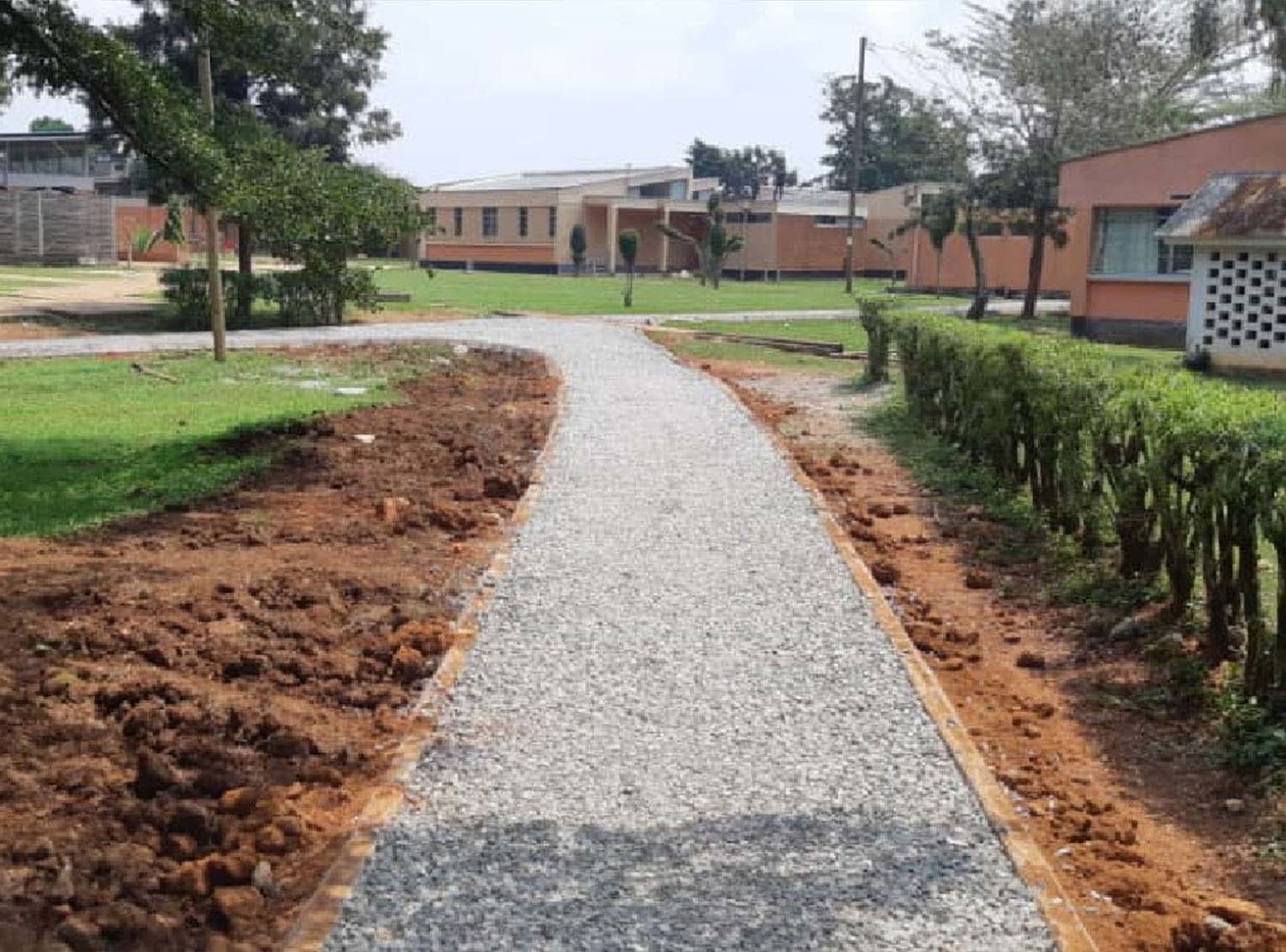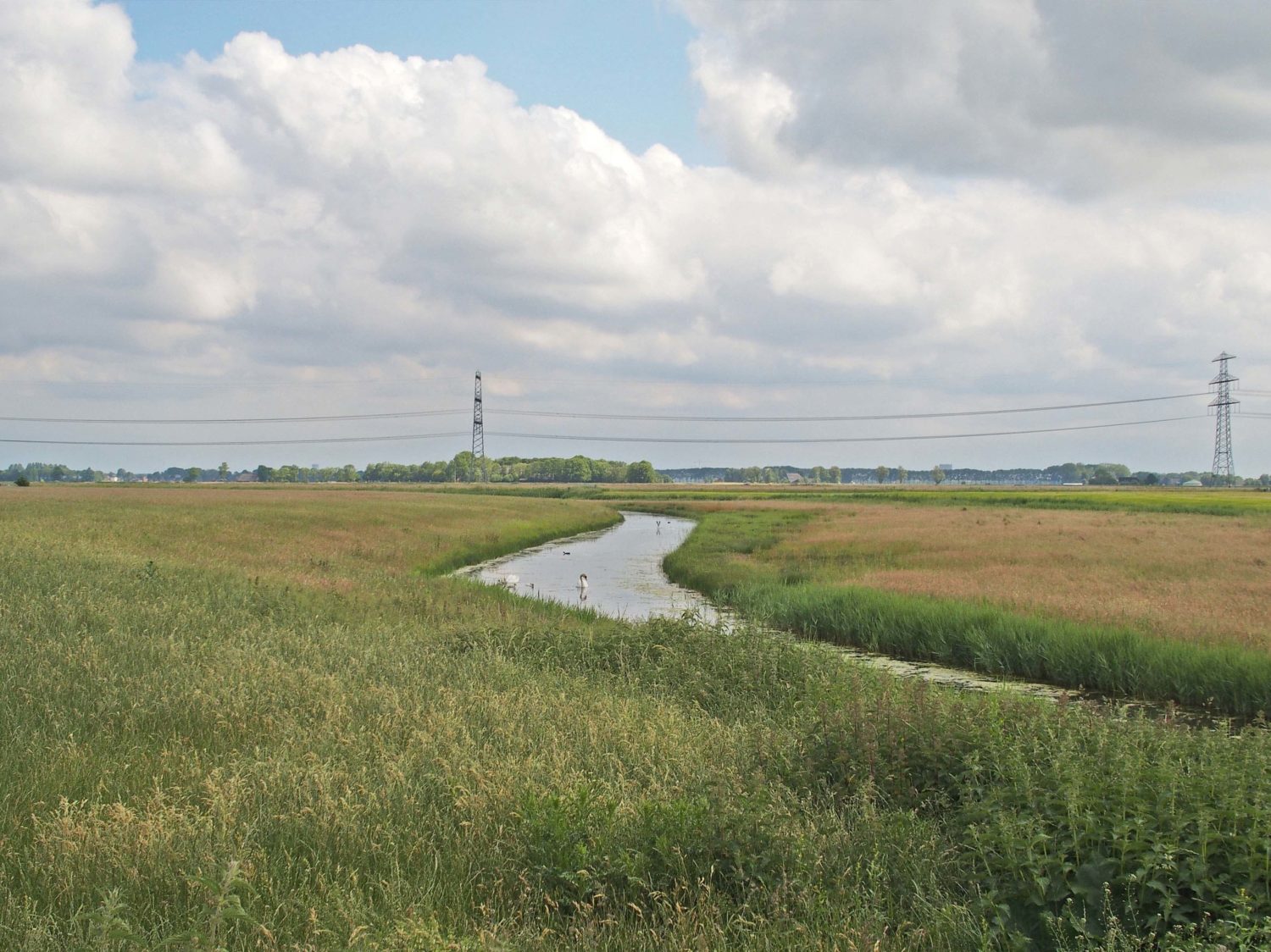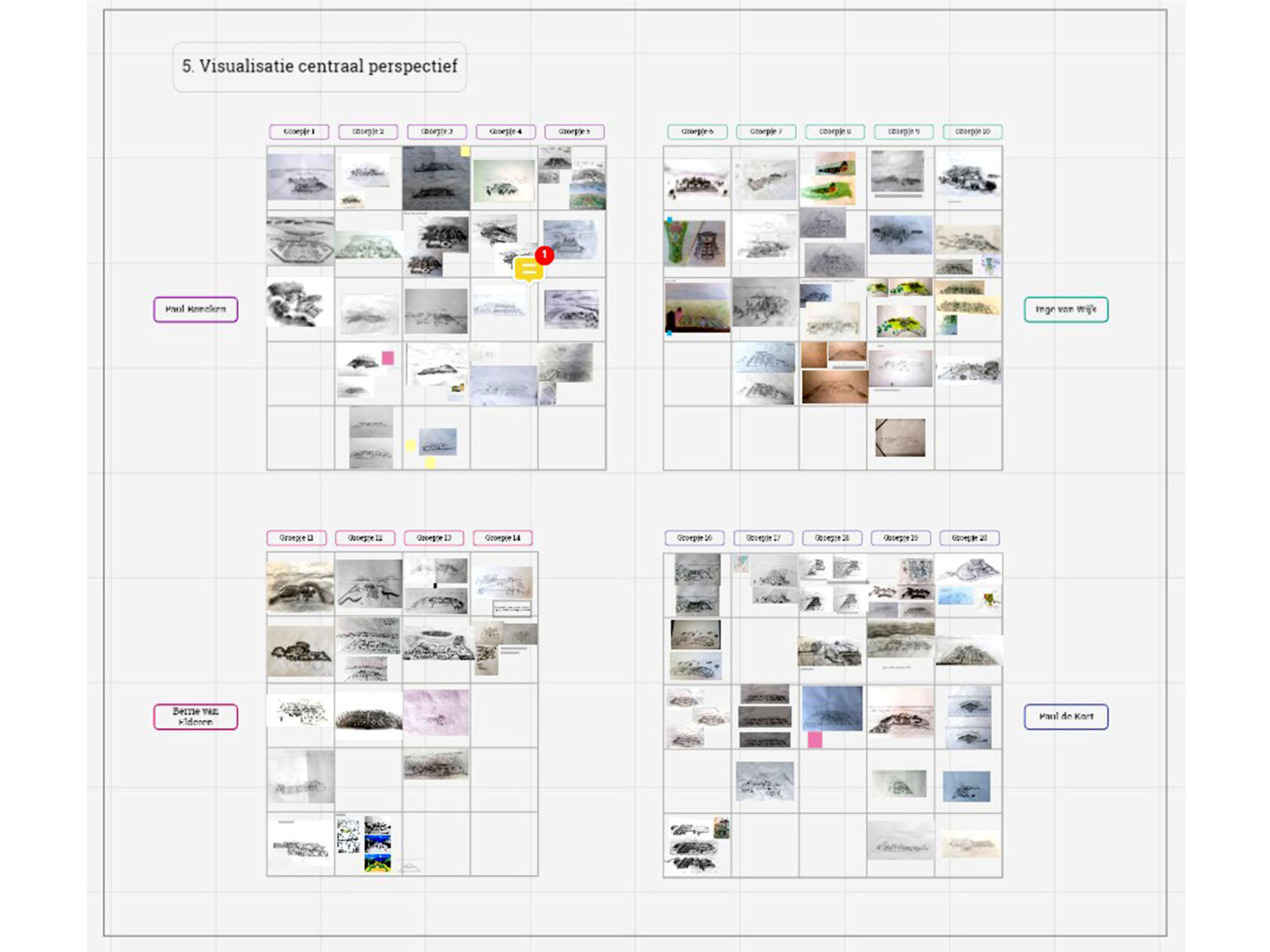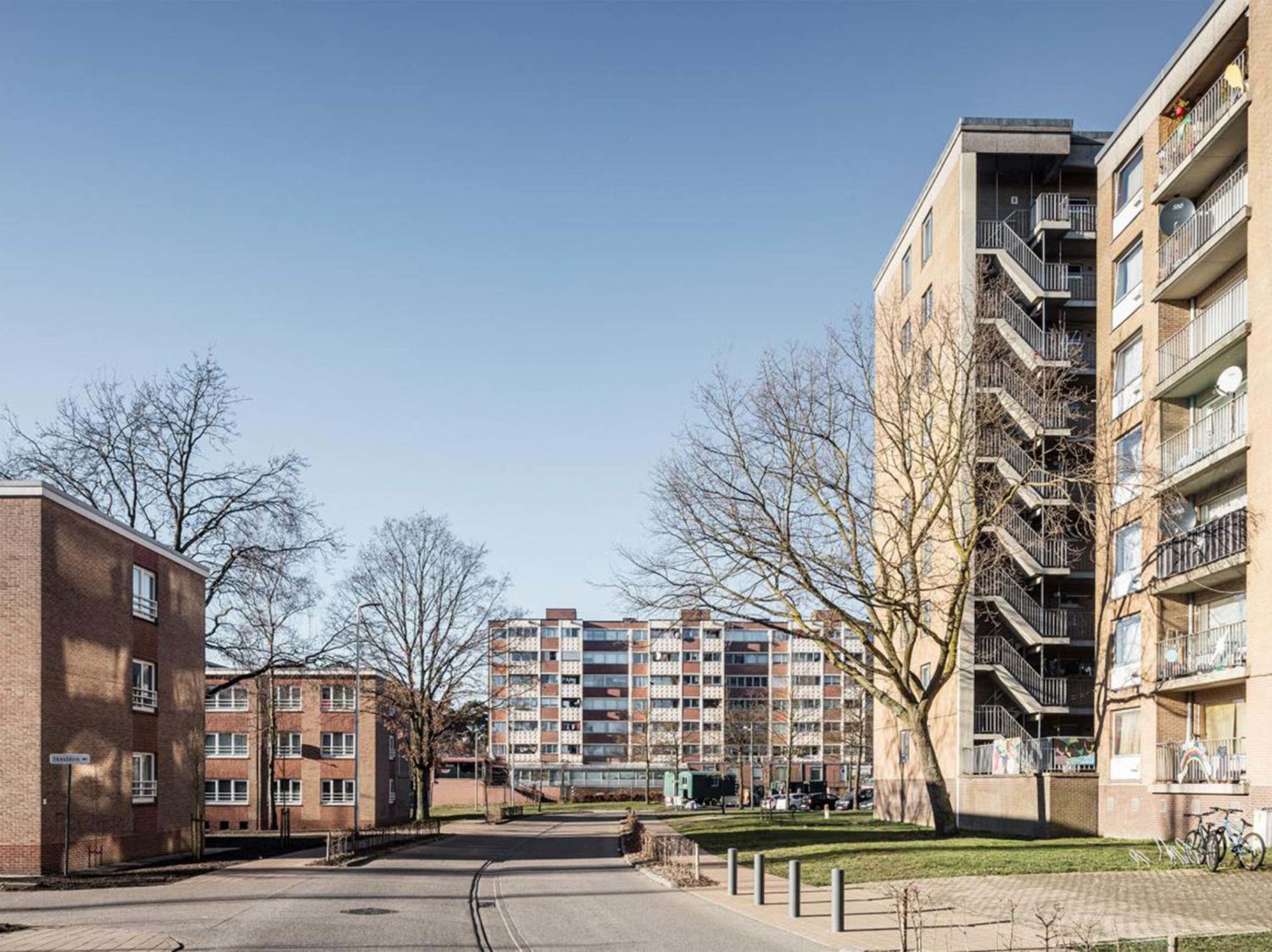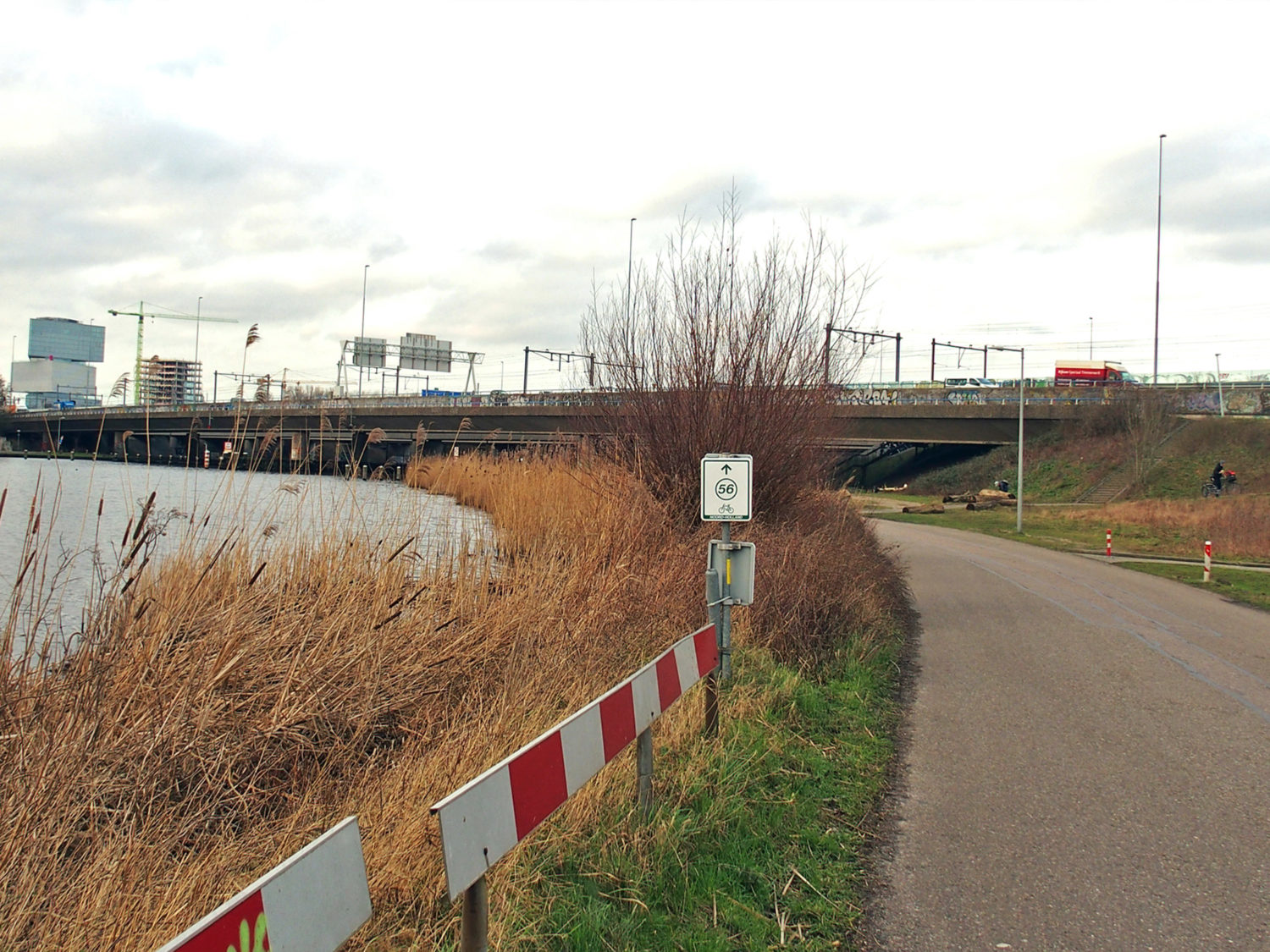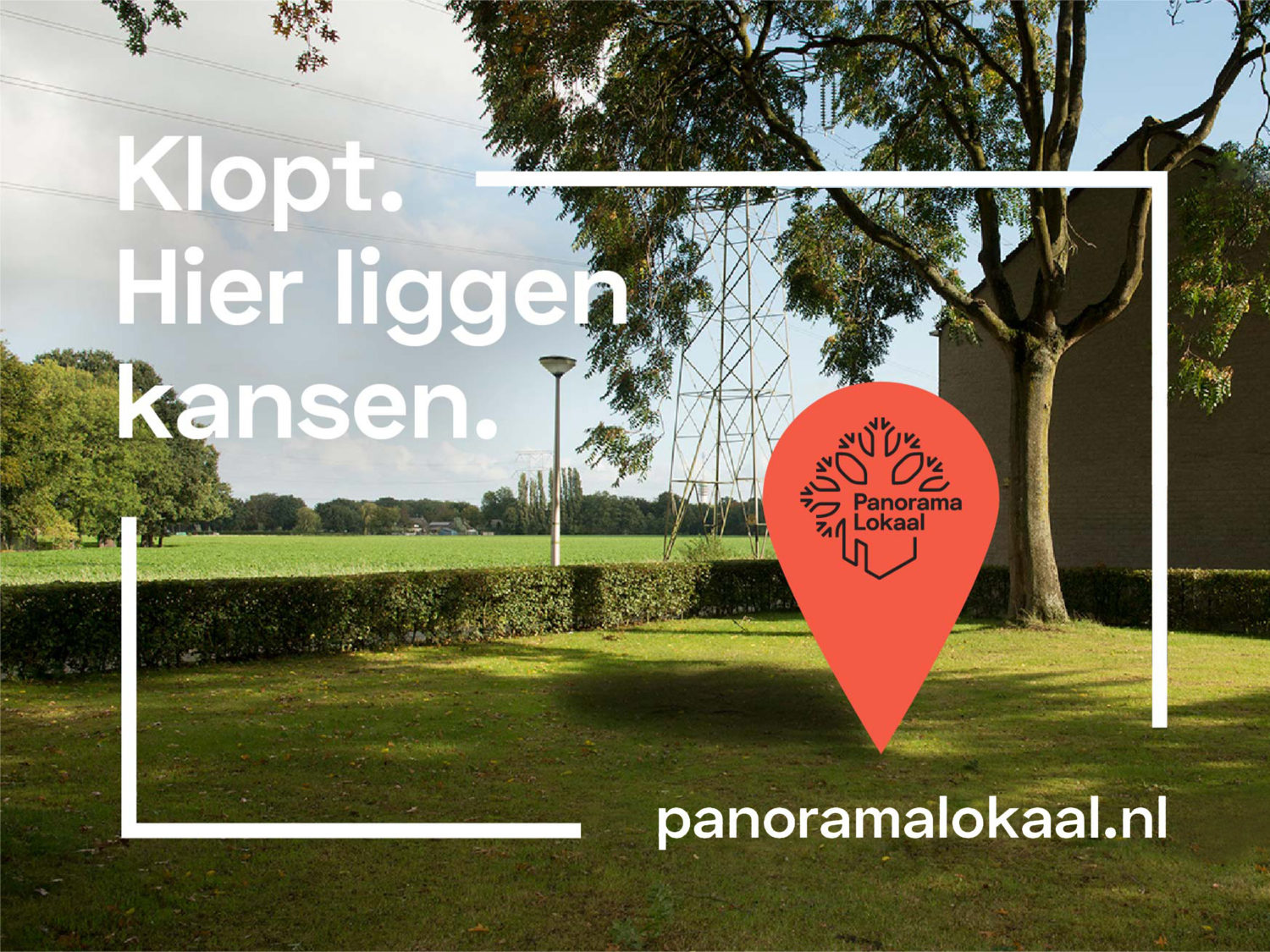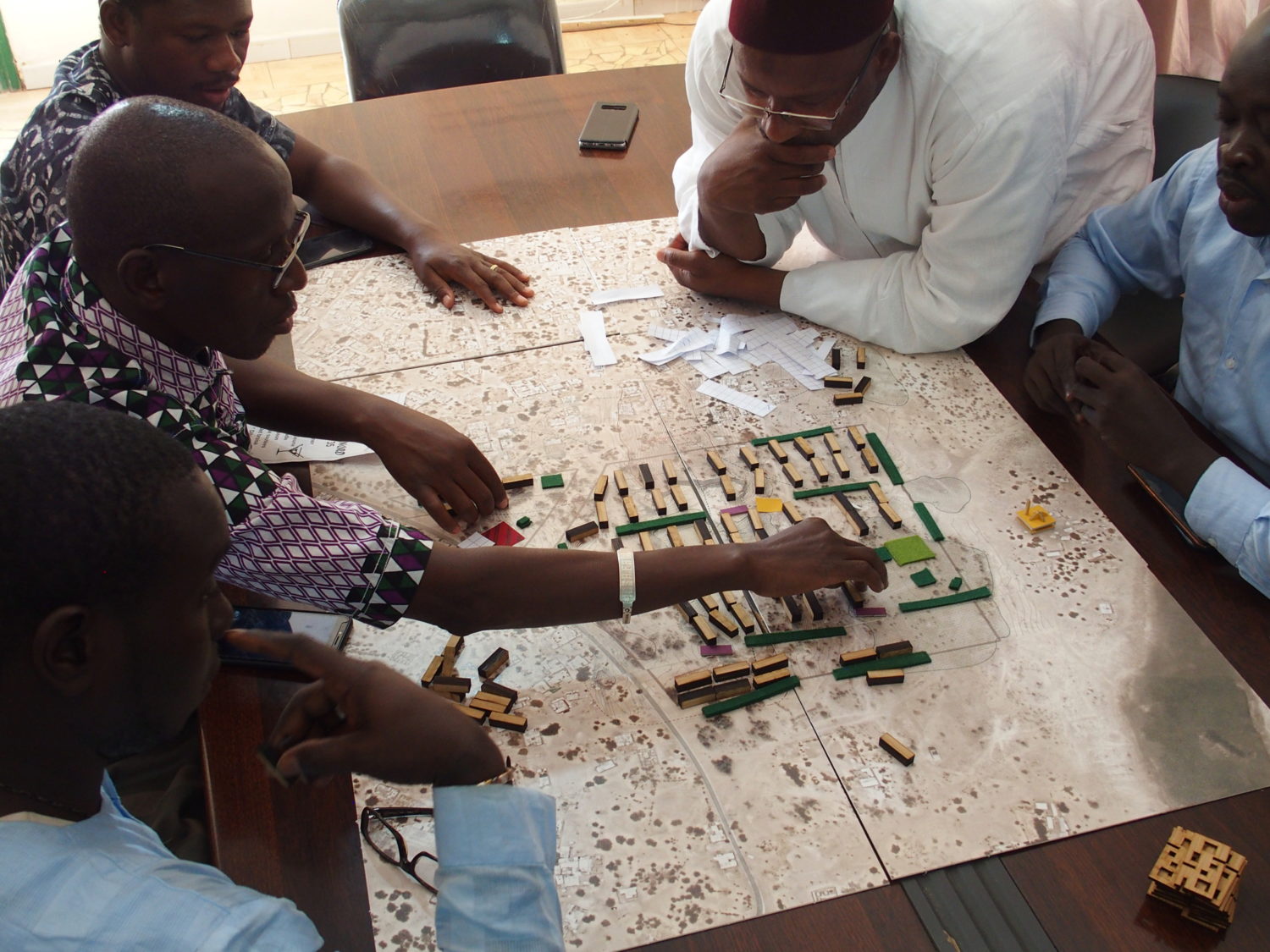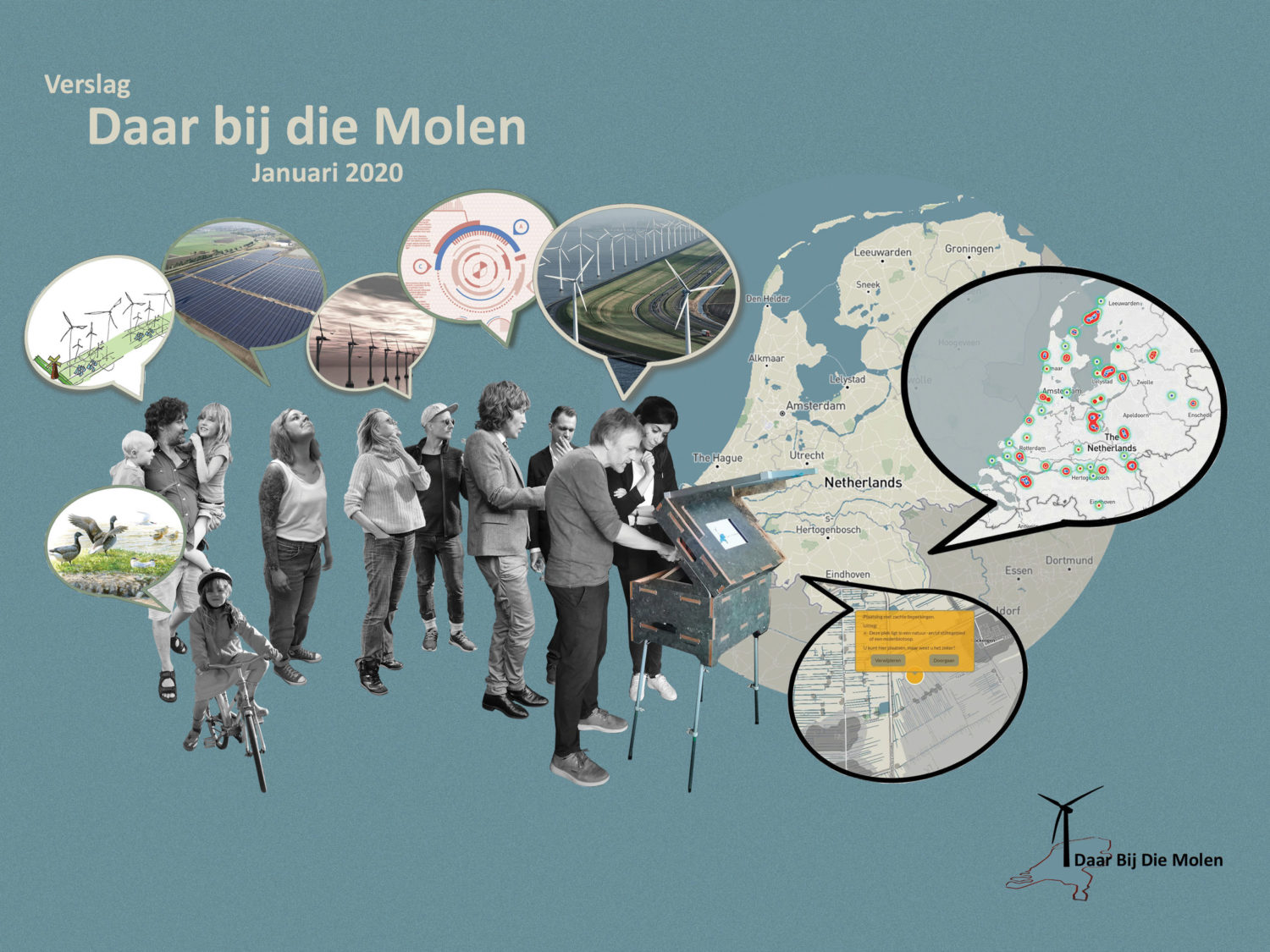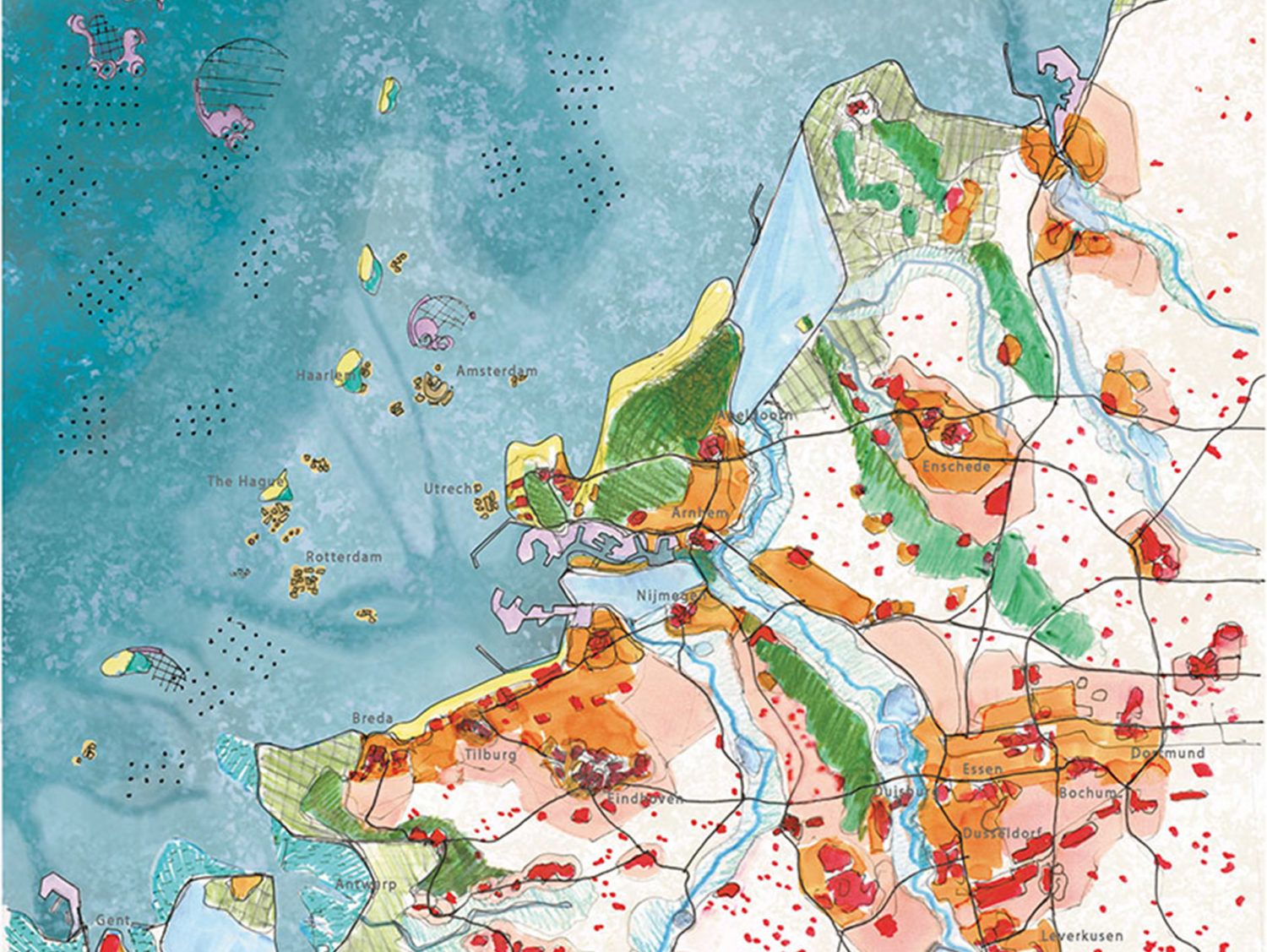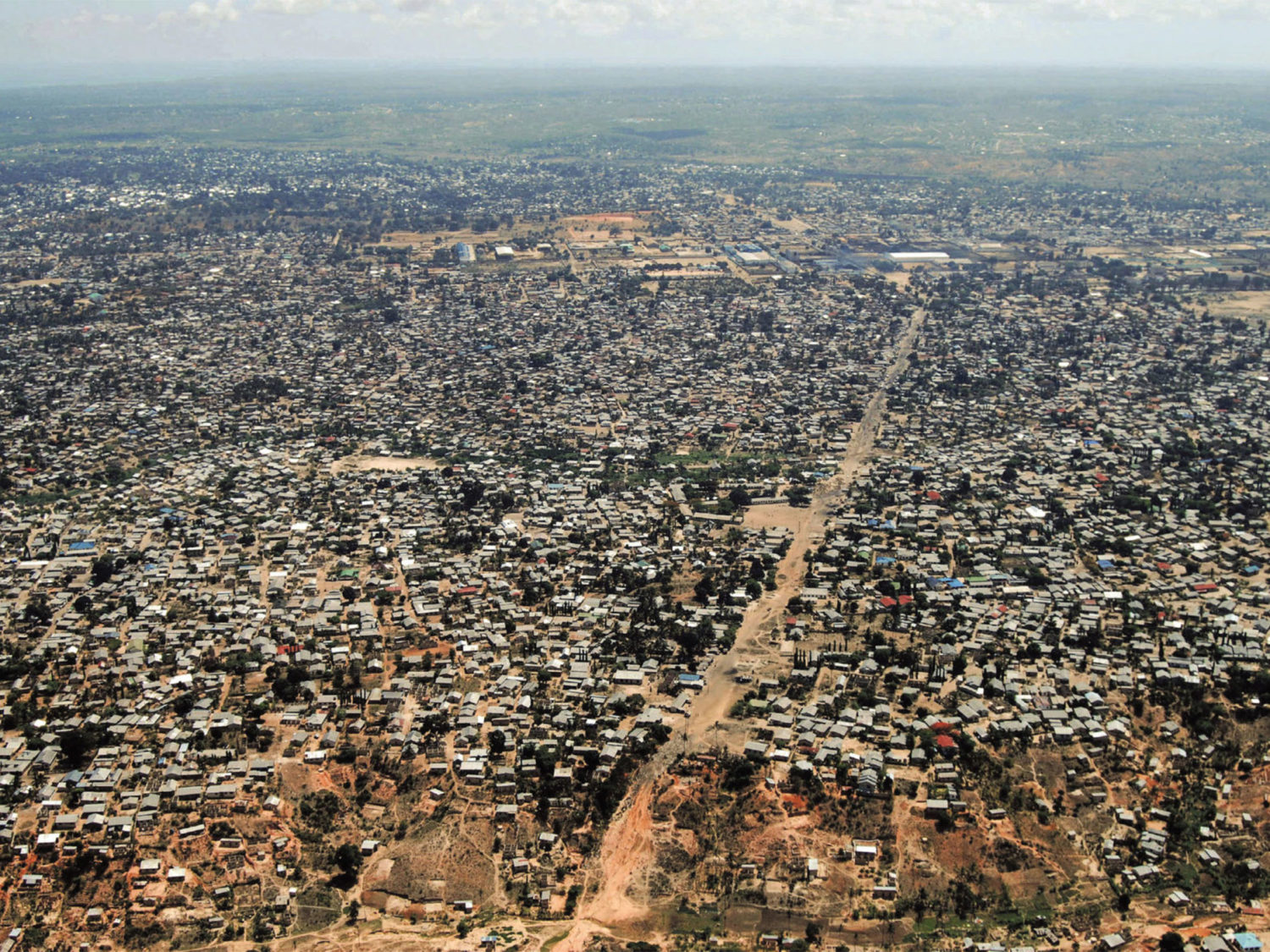Bureau
Implementation of landscape plan NTC Kaliro Campus in Uganda has started
VE-R has designed the overall master plan and landscape plan of the new National Teachers College Campus in Kaliro (Uganda) with the DASUDA team. The implementation of the plan has started with a series of building renovations and new dormitories designed by BKVV for DASUDA in collaboration with Ubuntu architects from Kampala. Now the landscape…
Read MoreExcursion to Reitdiep, Groningen
For the International Climate Adaptation Summit, planned to be held in the Netherlands in January 2021, a series of support events are organized. One of them is the Climate Adaptation Design Exhibition in which eight teams have been asked to develop a vision for parts of the urban and rural regions in and around Groningen.…
Read MoreAssisting in developing Online Design Education for WUR and VU Universities
COVID-19 pandemic have speed up the development of E-learning. The need for fully online courses and guiding students at distance during design course processes has become crucial in this period. Berrie van Elderen has assisted in developing new digital teaching method and material for the Design Studio at Wageningen University. Remco Rolvink develops an online…
Read MoreVE-R in team for selection Kolderbos in Genk
The objective of providing a structural response to society’s challenges in Kolderbos, the future construction programme of Nieuw Dak and a number of early ideas, are the reason for the city of Genk to have a vision drawn up that brings all these and potential other projects together and forms part of a coherent vision…
Read MoreFringes of the city: Amstelscheg-Amstelkwartier, Amsterdam
VE-R is part of the team for the location Amstelscheg-Amstelkwartier in Amsterdam as part of the the urban fringes lab, an initiative of BNA Research and ARCAM. The urban fringes lab will investigate how urban fringes can be (re)programmed in 2020. The starting point is the surrounding landscape, which was analysed by ARCAM in 2019…
Read MoreVE-R selected for Panorama Lokaal: Schalkwijk, Haarlem
The multidisciplinary team that VE-R landscape architecture and urbanism forms together with Vast Architects, Field Factors and Move Mobility is one of the three teams selected to take part in the Panorama Local design competition for the Schalkwijk location in Haarlem. It asks for a vision to prepare this vulnerable neighbourhood for the future in…
Read MoreDialogue for design in Saint-Louis, Senegal
The island of the City of Saint Louis, a designated UNESCO World Heritage Site, has a unique position in the river Delta of the Senegal river. This river is separated from the ocean by a small strip of land called Langue de Barbarie, a densely build strip with a bustling fishing community. Flooding by the…
Read MoreFirst results presented of “Daar Bij Die Molen”-app
Daar bij Die Molen is an app intended as a tool to help speed up the energy transition for the Netherlands. In the app, people can contribute to the spatial positioning of the general task for renewable electricity in 2050 by placing wind turbines or solar panel fields on the map, considering hinder aspects in…
Read MoreVE-R scenario for the Netherlands in 2300
VE-R responded to the Blauwe Kamer Magazine call for the development of scenarios for the Netherlands in 2300, considering rapid climate change and facing the challenge of a 15m. sea level rise. The aim of the different scenarios is to provide insight into what the future might hold in store and create a base for…
Read MoreLecture series “African Realities” in the AVB, Amsterdam
Africa is a huge continent with 54 independent countries, all of which have rich histories and cultures. Nowadays, the developments in these countries are faster and larger than the world has ever faced, with direct and major influences on the landscape, the urban planning and the architecture. Therefore, this year’s C4C6 lecture series of the Amsterdam…
Read More
